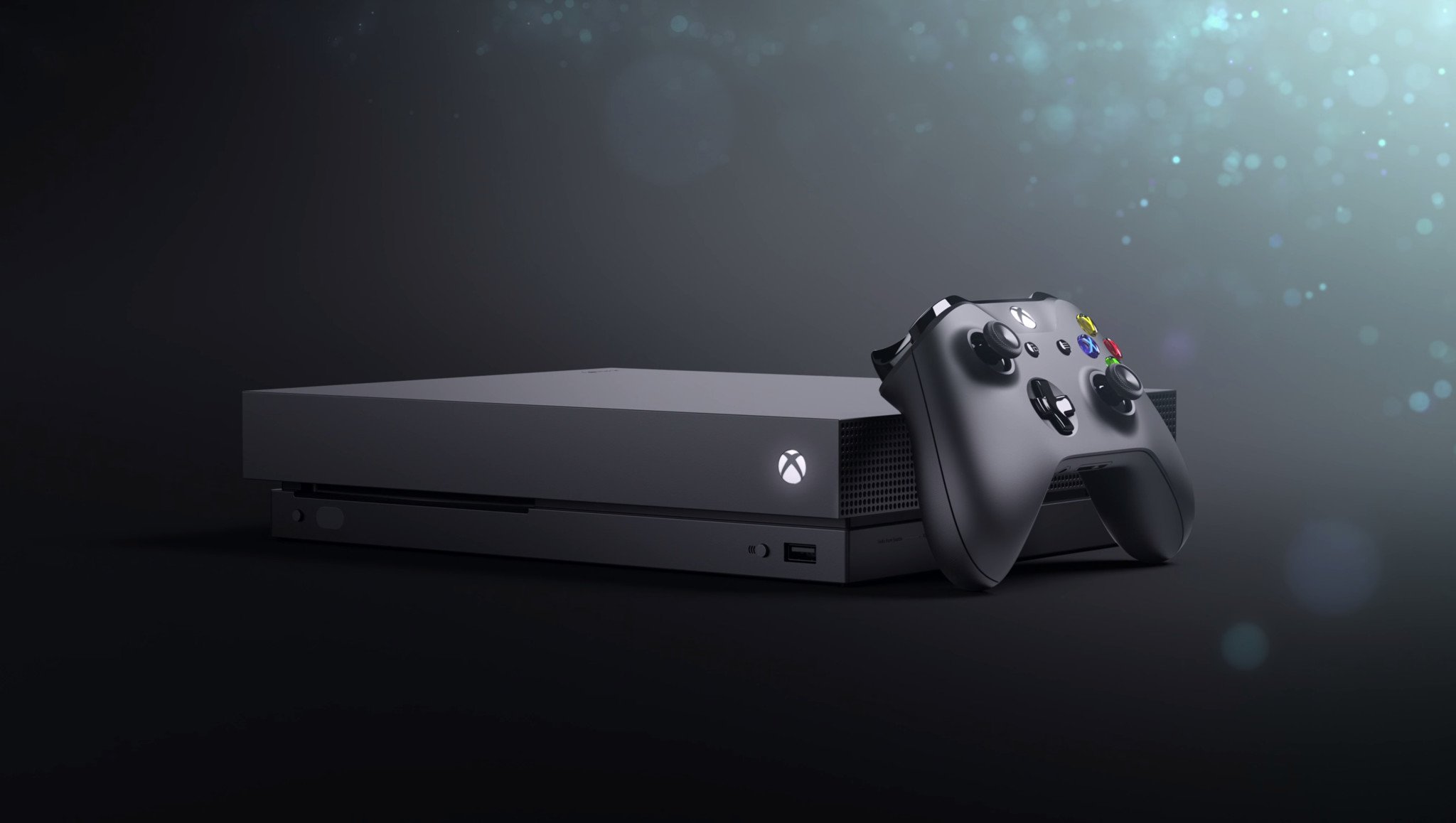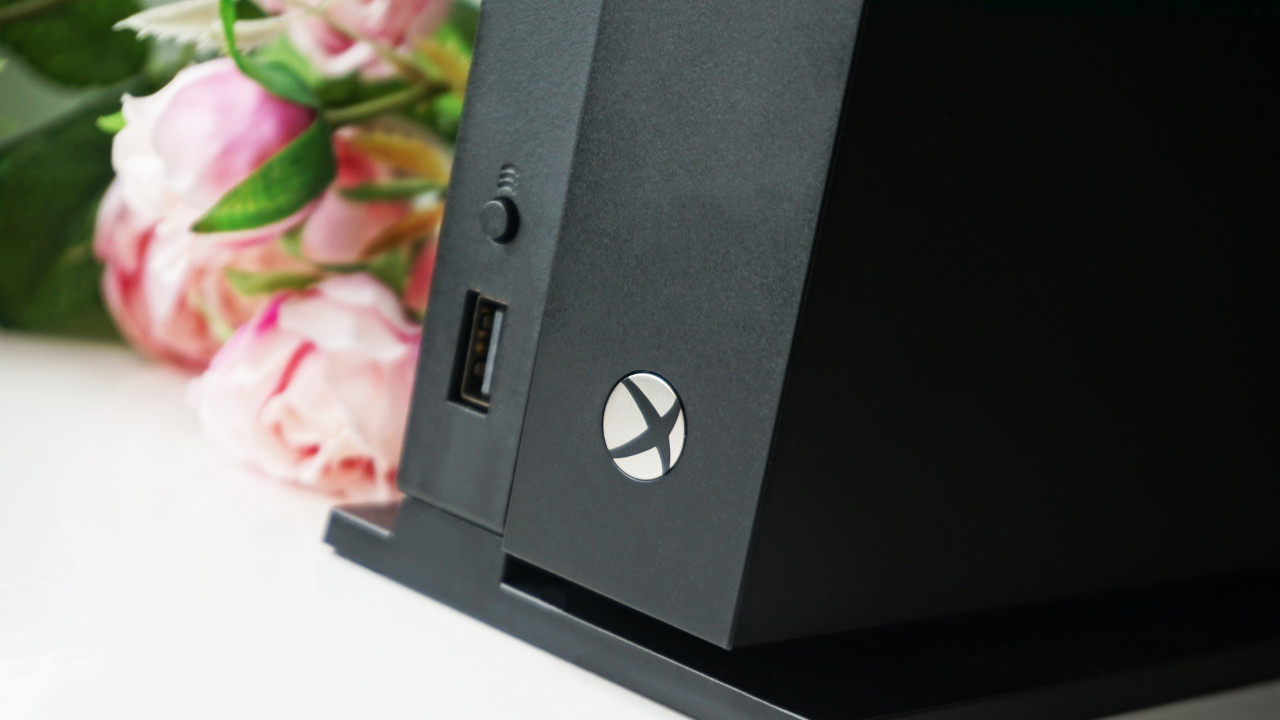Xbox One X tech specs
The Xbox One X is obsolete, but if you want to check its specs, go nuts. We have them right here!

Microsoft unveiled the Xbox One X back in 2017. Priced at $449 initially, the Xbox One X was Microsoft's first 4K-capable console, able to deliver UHD visuals for the first time in video game console history. The Xbox One X is now utterly obsolete, replaced by the much faster 1080p-targeting Xbox Series S and far more powerful 4k-targeting Xbox Series X. However, the Xbox One X was pioneering in its own right.
Codenamed Scorpio, the Xbox One X delivered incredible visuals for its time. It was somewhat bottle necked by its CPU, meaning that games still struggled to move past 30 FPS. However, the beefy GPU Microsoft put in this thing is no slouch even by modern standards, and we saw it push visual quality to heights previously unavailable to console players. The Xbox One X specs are detailed below.
| Category | Specification |
|---|---|
| CPU | Custom CPU @ 2.3 GHz, 8 cores |
| Graphics | Custom GPU @ 1.172 GHz, 40 CUs, Polaris features, 6.0 TFLOPS |
| Memory | 12GB of GDDR5 RAM @ 6.8GHz w/ 326 GB/s bandwidth |
| Storage | Starting at 1TB HDD |
| Connections and expansions | HDMI-in; HDMI-out; 1x front-facing USB 3.0; 2x rear-facing USB 3.0; IR receiver/blaster; SPDIF digital audio; Ethernet (IEEE 802.3 10/100/1000) |
| Wireless | Wireless IEEE 802.11ac dual band; (5GHz & 2.4GHz); Dedicated dual band Xbox Wireless radio |
| Power supply | 245W, Internal |
| Disk drive | 4K UHD Blu-ray drive |
| Dimensions | 11.81 in x 9.45 in x 2.36 in (30cm x 24cm x 6cm) |
| Weight | 8.4lbs (3.81 kg) |
| In the box | Xbox One X consoleXbox Wireless ControllerHDMI cablePower cable1-month Xbox Game Pass trial14-day Xbox Live Gold trial |
The Xbox One X was a little beast

The Xbox One X was a great console for its time, and the Xbox One X specs were certainly impressive. The Xbox One X came from an era where Microsoft was still interested in incorporating cable TV and smart assistants into its console, complete with SPDIF optical audio for sound systems and an IR blaster for controlling television sets and external devices. The modern Xbox Series X|S consoles omitted these features as part of cost-cutting measures, but I, for one, miss their inclusion.
As far as gaming goes, the Xbox One X delivered on its promise of 4K visuals with grace. Gears 5 on the Xbox One X was an absolute visual feast, even adding light ray-tracing features in certain areas to showcase the power of the system.
While no longer in production, we can thank the Xbox One X for pioneering Microsoft's deeper foray into UHD gaming with the Xbox Series X, which launched in 2020.
Should you actually buy an Xbox One X today?
Not really, no. Unless you're a console collector, the Xbox One X is utterly and truly obsolete. Games are no longer being made for it, and Microsoft is no longer even manufacturing them.
Related: Xbox Series X vs. Xbox Series S: Which should you buy?
Get the Windows Central Newsletter
All the latest news, reviews, and guides for Windows and Xbox diehards.
The general rule of thumb for upgrading your Xbox One console is: Xbox Series S is best for 1080p displays, and Xbox Series X is best for 4K displays. However, even if you have a 1080p display, the Xbox Series X should offer a better experience overall in terms of visuals and performance.
Sadly, the Xbox Series S has some compromises in its architecture that developers are very occasionally struggling with this deep into the current generation. Microsoft works hard to help developers optimize their games after the fact, and the vast majority of games do work well enough on the Xbox Series S, and you will save almost $200 if you opt for the lower tier. If you're an enthusiast, though, you should absolutely gun for the Xbox Series X instead.

Jez Corden is the Executive Editor at Windows Central, focusing primarily on all things Xbox and gaming. Jez is known for breaking exclusive news and analysis as relates to the Microsoft ecosystem while being powered by tea. Follow on Twitter (X) and Threads, and listen to his XB2 Podcast, all about, you guessed it, Xbox!
